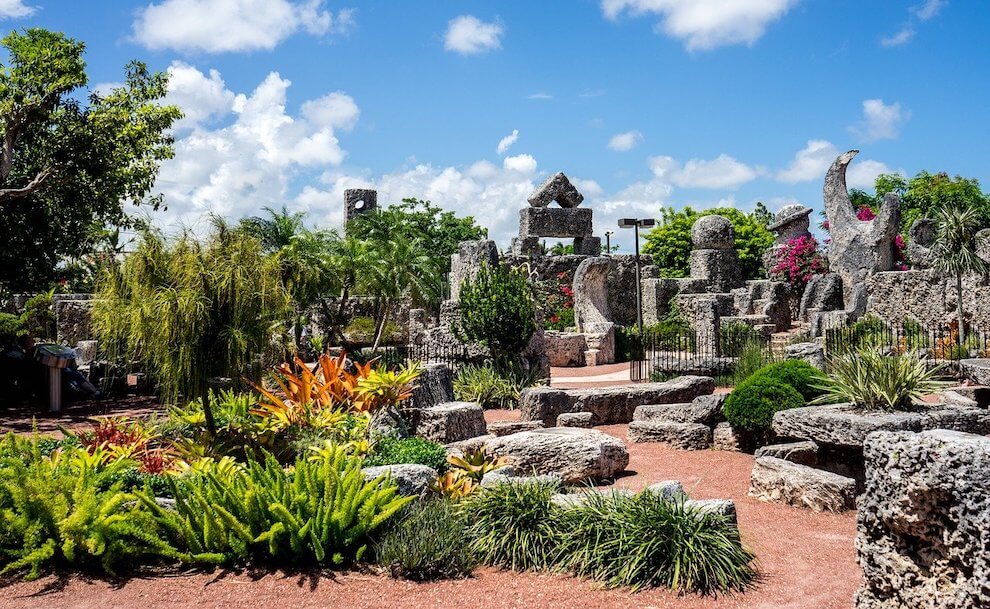Wherever people chose to settle down, we tend to leave signs in the ground of our presence there that form ruins and monuments. Usually, the marred earth is dug up by archaeologists looking to find exactly such signs of habitation. Pursuing knowledge from the past we sometimes stumble into more questions than answers.
Neolithic cities
In the southern part of Turkey, some very old ruins and monuments have been discovered. Göbekli Tepe and Çatalhöyük, though not close on the map, both represent a historical treasure trove. On the Konya Plain in southern Turkey, two hills attracted the attention of archaeologist James Mellsart. In 1961 he started excavating the area. What he discovered was a Neolithic settlement dating to 7400 BCE.
Dwellings here suggest that people settled down together in communities. They no longer living nomadically, and supported themselves through agriculture and livestock. Even more compelling is the way these dwellings were built, close to each other resembling a honeycomb. Burial sites were found under each dwelling where it seems people buried their dead. The size of the settlement is very impressive. It would have housed as many as 8000 people at its peak.
33 years later a 1994 excavation over 700 km to the east, on top of the tallest point of a mountain range, unearthed Göbekli Tepe. It consists of a series of monoliths arranged in a circular oval structure. Some pillars intricately decorated with pictographic images of animals. The site has been associated with the Garden of Eden.
It may be difficult to imagine this ruin in the middle of a barren semi-desert landscape as a lush garden. But it once used to be in the middle of green pastures, wooded terrain, barley, and wheat fields. T-shaped megaliths were dug up and some depict images. 43 of these megaliths were found and as many as 250 are still buried.
These two Neolithic structures and settlements are so old and so massively built that it changes the views on civilization. It appears that even as far back as prehistory people were highly capable of building cities and leaving a very deep mark behind.
Ruins and monuments of the Great Zimbabwe
Whenever thinking about medieval structures, European Tudor style houses, and German quaint villages come to mind. Very rarely do we set our eyes on the continent of Africa, other than on Egypt. But Africa has its own medieval ruins and monuments.
In southern Africa on an expansive plateau lie the ruins of Great Zimbabwe. It’s a stone city dating back to the 5th century CE second in age to the pyramids of Egypt. For years there have been many disputes about the people that built Great Zimbabwe.
Many political powers in colonial times, sought to discredit the notion that indigenous African people build the massive city.
Overwhelming evidence against Greek settlers and the indigenous population confirmed in the end that it was actually of African origin. The city now represents great national pride and poses a very valuable cultural heritage.
Ruins and monuments – Yonaguni Monument, Japan
Fascination with Atlantis has sparked the imagination of many. The depth of oceans and bodies of water still hold on to many secrets now, and in 1987 a new mystery from the deep emerged. While scouting for new areas to take underwater scuba diving tourists near the Japanese island of Yonaguni, Kihachiro Aratake discovered a series of rock formations that blew him away.
It looked like a cliff face with geometric terraces that appeared man-made. It was named the Yonaguni Monument, and although no one knows whether it is a monument or a submerged Japanese Altantis, scholars have been trying to figure out its origin.
Some scientists believed it might be man-made due to the range of details, but others assert that they are simply naturally generated. There is not enough evidence to suggest that a settlement had sunk in the past, but the sharp-angled underwater platforms still baffled archaeologists today.
Coral Castle
Edward Leedskalnin a Latvian man emigrated to America in 1912 and used his wealth to build Coral Castle, in Homestead, Florida. His 28-year-old life work, though it is called Coral Castle, is not a castle and not made out of coral. Edward endeavored to build the entire thing all by himself with his self-taught engineering knowledge.
He used 1000 tons of oolite limestone to sculpt it into many diverse shapes like tables with chairs, water fountains, crescent moon, and sundial. The entire construction of Coral Castle is an entire mystery as he did not use modern machines to process the limestone.
Due to the nature of his building techniques, which are shrouded in secrecy, a lot of legends about Edward himself have circulated, about the psychic power that he used to levitate the structures.
Another legend took shape about how he started working on the Castle after he was abandoned by his fiance a day before the wedding. Whatever the answers and secrets, Coral Castle now stands as an unusual construction, and tourist attraction.



Leave a Comment